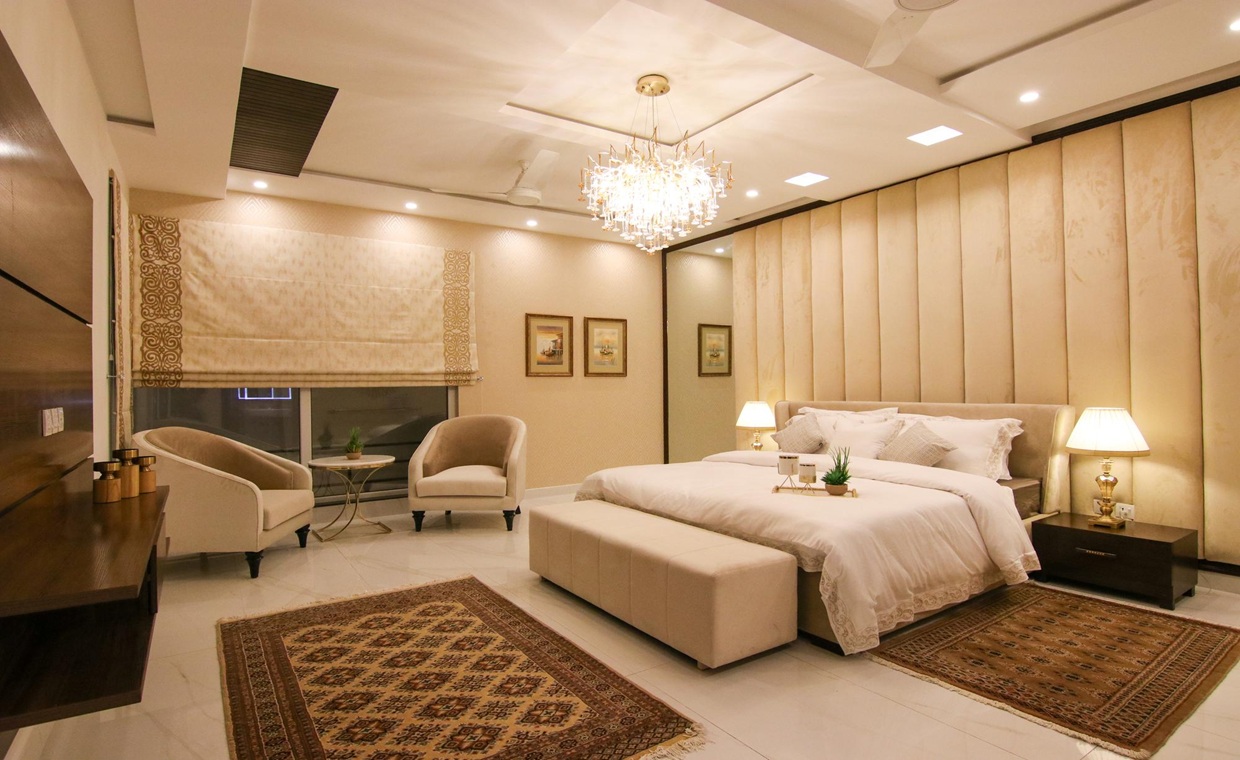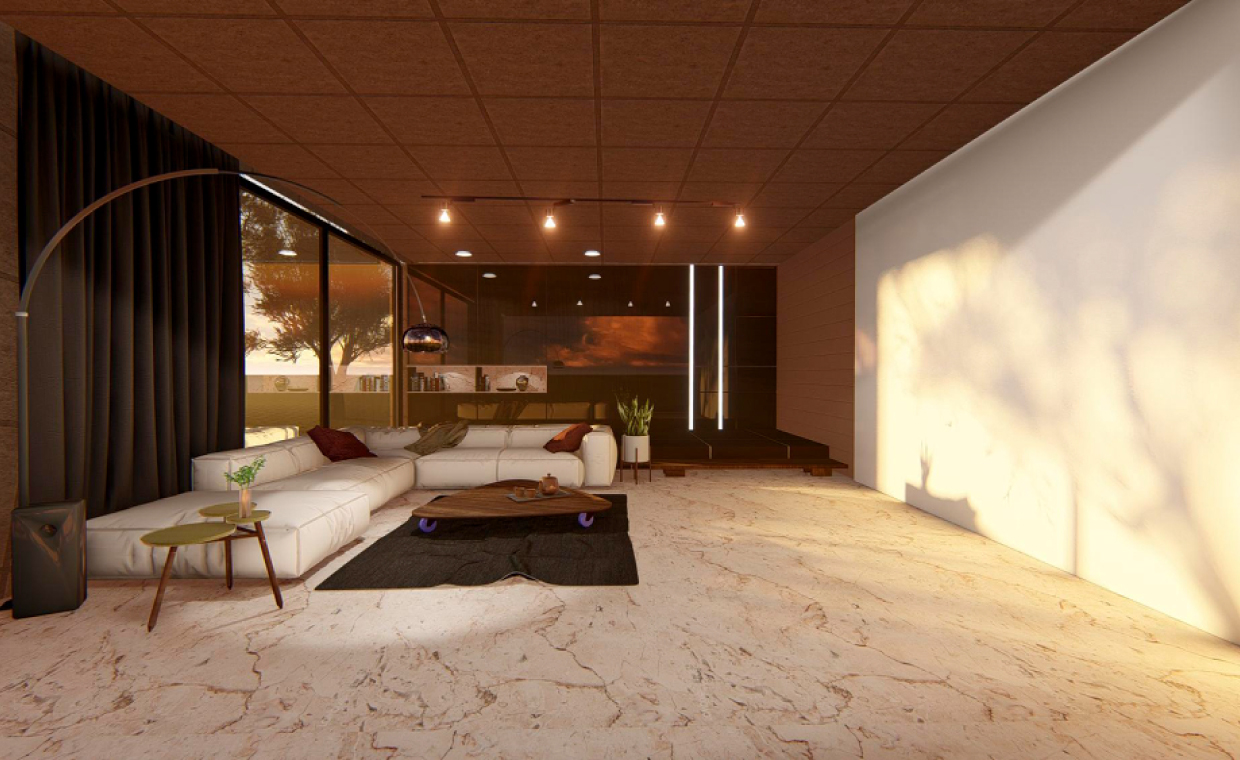
Frugal Lifestyle
Frugal living is a choice for many. However, it may sound easier than in practice especially in today’s fast and competitive world where everyone is busy in the rat race.
When it comes to building a home, frugality is easily overshadowed by the market standards. People assume that low cost equals low quality but many times it’s quite the opposite. When you decide to spend less on building your home, you don’t necessarily buy building materials of low quality but you choose building materials that are fine, serves the purpose, inherently affordable and apply techniques that help you to save money.
There’s no harm in wanting to have a huge house for yourself or spending good amount of money to build it. But not all expenses are necessary and it is not must to spend money on them (unless you want to). You may be misled into choosing a certain building material because it’s “high quality” which perhaps adds nothing to make your home either visually appealing or strong.
Spending on something you want is okay but being led into believing you want something is not just morally degrading but also an unnecessary burden. Before we learn about low cost building materials, let us understand what low cost housing is. According to ‘Manjesh Srivastava’ (Published in: The Methods of Using Low Cost Housing Techniques in India), low cost housing refers to those housing low cost masonry units which are affordable by that section of society whose income is below than median household income. This depends on three key parameters—income level, size of dwelling unit and affordability. Want to learn more about what are some of the ways you could build low cost infrastructure for yourself? Keep reading.
Here are some low cost building materials which can be used for affordable housing.
Building with Local Low Cost Materials
In order to build low cost infrastructure or housing, use building materials that are easily available near the construction site. This eliminates the need for transportation and saves the transportation costs.

Choose cheaper alternatives to save further.
Low Cost Masonry Units
Compressed Earth Bricks the Oldest Low Cost Masonry Unit


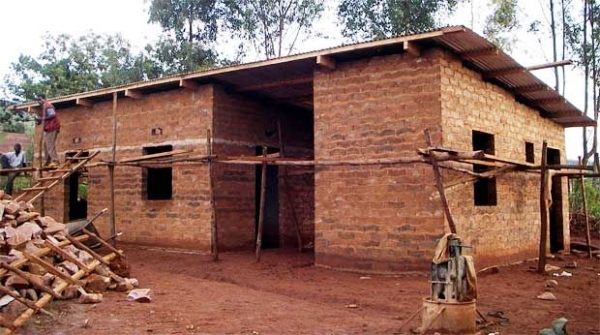
Considered to be among the cheapest building materials, these bricks are made of lime and cement using manual soil press. These bricks are used to build outer walls and other outside structures of a building. There are several benefits of using these bricks. In addition to being cheap, these have high strength, durability, and fire resistance.
It is the form of moulded earth block and is commonly known as “adobe block”. This technology provides cost-effective, environment friendly masonry.
If you are going to buy earth bricks, here is some useful information for you.
Interlocking Bricks an Affordable Masonry Unit
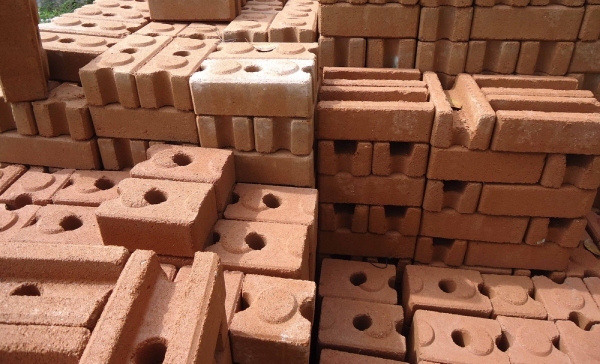

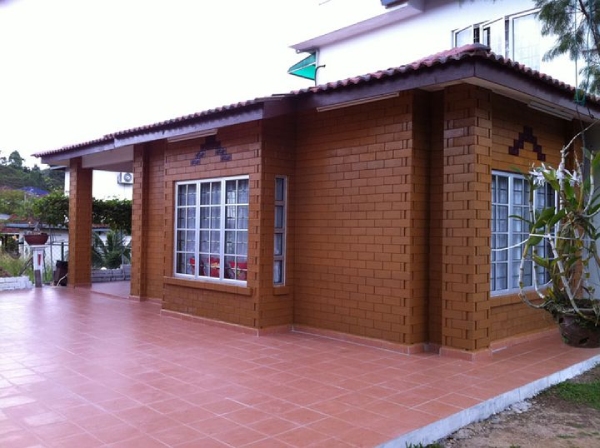
These bricks come with a depression on one side and a projection on the other which makes the locking of two bricks easy, requiring less mortar. This considerably reduces the cost needed to build a structure and is an eco-friendly material which has a lower carbon footprint than the conventional baked bricks.
The cost of purchasing sand, cement, mortar and stone dust can be ignored as there is no use of mortar in the construction process. Transportation costs, along with the cost of skilled labour, can also be significantly reduced. Plasterwork is also not required. Small bar bending work, less cement and fewer workers are needed, thus contributing to the overall cost reduction of construction project.
Hollow Fly Ash Bricks, the Sustainable Low Cost Building Material


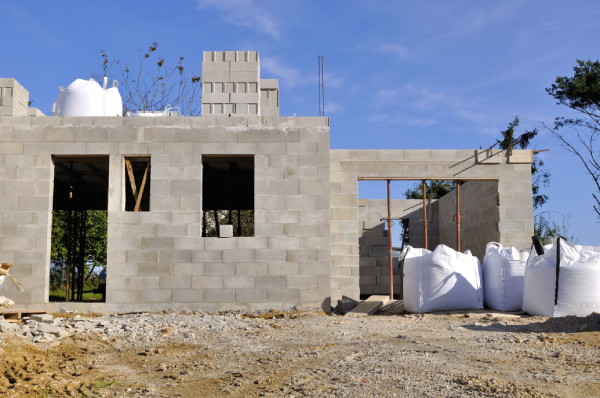
The Industrial Revolution introduced many foreign substances like fly ash which were the by-products of industries and created problems for their disposal. However, further study into their properties has shown that these materials have outstanding pozzoloanic properties. This can also be used as alternative construction materials.
Fly Ash can be substituted for several building materials, making it the perfect alternative building material option. Hollow Fly ash brick is a masonry unit consisting of fly ash and water. Because of the high calcium oxide content in Fly Ash, the brick can be described as self-cementing.
These properties make fly ash hollow bricks lower water penetrating, energy efficient, lightweight, thermal insulation as well as cost effective (it costs 20% less than traditional clay brick manufacturing).
These are extremely lightweight bricks made of Fly Ash, sand, slag, and cement. The air gap inside the bricks provides insulation in the structure as well reduces the weight of the structure without compromising on its strength and durability.
If you’re unsure whether to use fly ash bricks or hollow concrete blocks, then read on to make an informed decision.
Prefabricated House Elements, the Modern Masonry Material
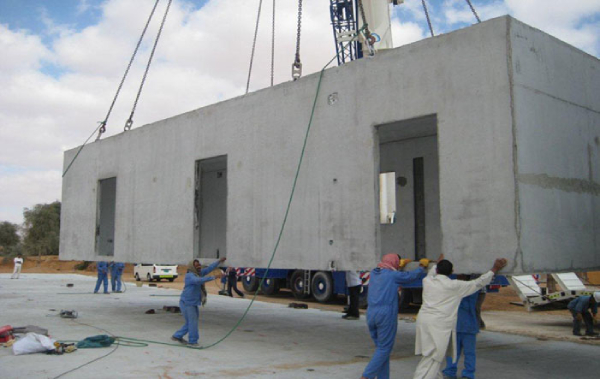


It is also known as precast concrete elements. The factory manufactured parts of a house that include frames, precast walls and roofs, manufactured doors and windows, provide a lot of savings on the money. Although these building materials itself are slightly more expensive than other building materials on this list, the assembling of a house with these building materials is easy and requires less labour, saving the costs of construction.
The costs of repairing and maintaining the prefabricated house elements are not high. There is, therefore, no need to compromise on quality in order to minimise costs. Just opt for materials that are easily available locally.
As the formwork can be repetitively used, it saves cost too.
Concrete Blocks an Environment Friendly Low-Cost Masonry Unit

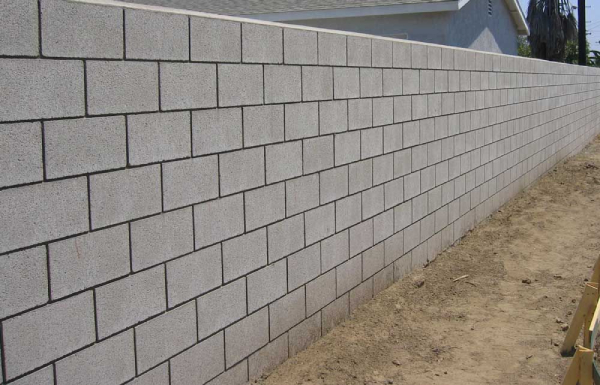
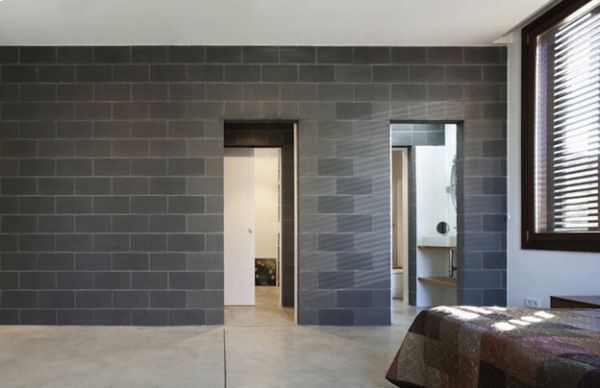
Concrete block is a fire-resisting building material that is highly durable. Although not as nature-friendly as Bamboo due to the addition of cement, concrete blocks are termite-resistant, soundproof, and have a natural temperature insulating property. This building material is quite effective for basement walls and foundation.
Sometimes, environment-friendly option comes with a hefty price tag. Concrete blocks remain inexpensive and affordable, and as an environment- friendly alternative they are increasingly being adopted. The raw materials used are renewable and recyclable for the manufacture of concrete blocks.
They use less energy than comparable building materials to manufacture them, and the CO2 emissions associated with the development of concrete blocks are considered to be relatively low compared to those of similar building materials.
Know more about concrete blocks from here.
Bamboo the Green Building Material

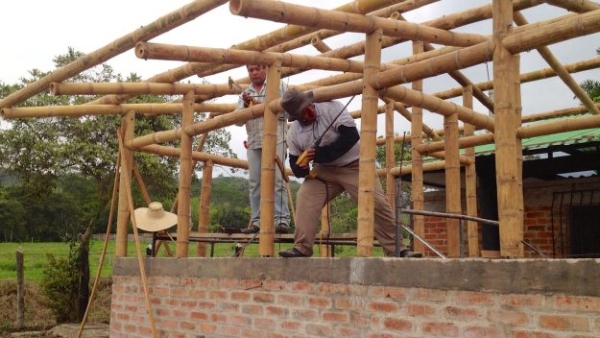
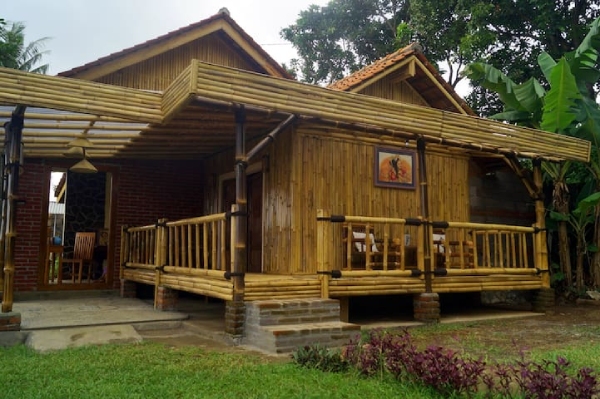
An ancient building material, Bamboo is still used in parts of Asia and Africa. Its versatility allows you to build low-cost, low-weight walls and roofs that are fire and termite resistant after treating with a few chemicals while working on it. It is also a very strong and durable building material whose tensile strength supersedes that of steel itself.
India is the second-largest in the production of bamboo after China. It holds 50 percent of the total share of bamboo production in the world, combined with China. Of the total 136 bamboo species found in India, 58 species in 10 genera are endemic to the north-eastern part of India alone. According to a conservative estimate, the forest area over which bamboos occur in India is approximately 9.57 million hectares, representing about 12.8 percent of the total forest area. Due to its affordability, easy assembly and relatively long durability, its widespread availability and rapid growth in areas of China, Japan and India has made this grass an interesting building material.
Mud Bricks Reinforced by Natural Fibres from Straw and Coconut
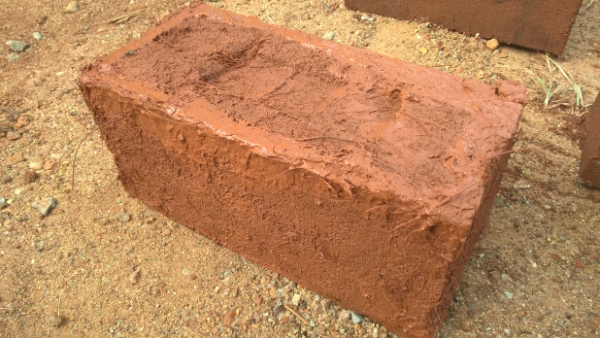


Earth is the oldest building material in use by mankind. It has been in use for manufacturing mud bricks since olden days. These bricks are reinforced with natural fibres to make it stronger.
For centuries, men have used natural fibres for a wide range of applications including housing material. The natural fibre obtained from various plants, like coconut, bagasse, cereal straw, corn stalk, cotton stalk, kenaf, rice husk / rice straw, etc. has been explored by many researchers in recent days as an alternative building material. Natural fibre-based mud bricks are becoming important alternatives for construction materials for use in civil engineering fields due to lightweight, high strength to weight ratio, corrosion resistance and other benefits. This sustainable building material is generally used in rural areas to make homes weatherproof as they provide both durability as well as strength. Natural fibres increase the strength and durability of pure mud, while the water-resistance of the walls is improved by a sulphur coating.
Magnesium Oxide Cement the Low Cost Building Material

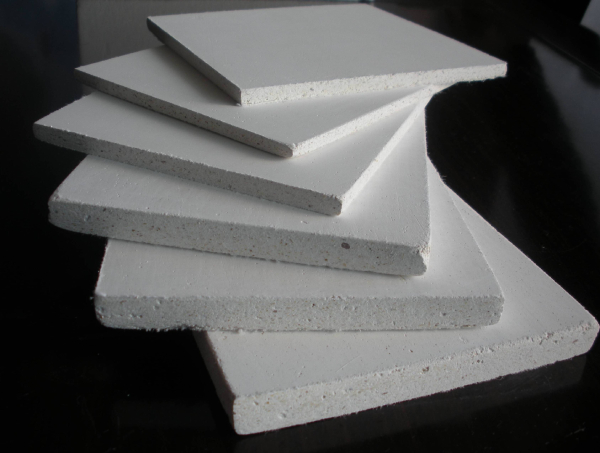
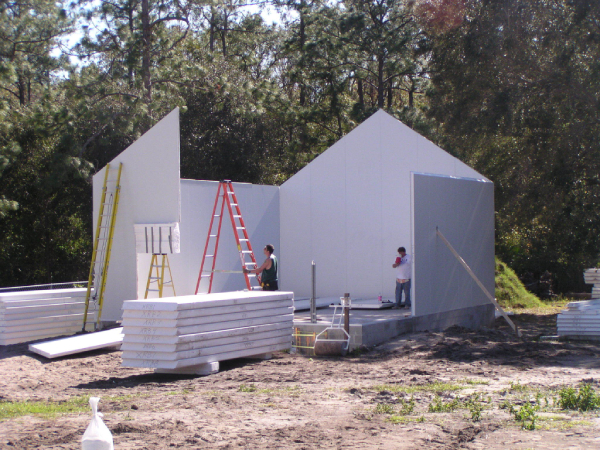
This material, also referred to as ‘eco cement,’ is made of various waste materials and has high durability and requires only 20-40% of the energy for Portland cement to be produced. It does not harm occupants of homes where it is used as a sustainable construction material.
Two main ingredients of this cement are magnesium oxide (MgO) powder and a concentrated solution of magnesium chloride (MgCl₂). These are the by products from magnesium mining. Hence, it is a sustainable building material.
Autoclaved Aerated Concrete Blocks or AAC Blocks the Sustainable Masonry Unit

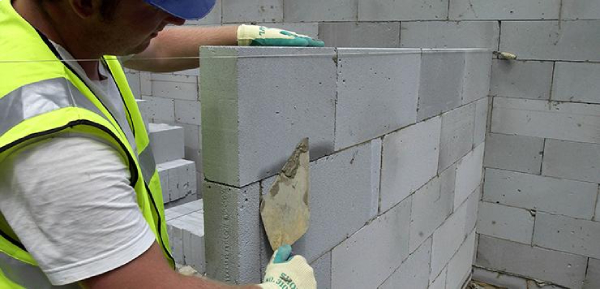
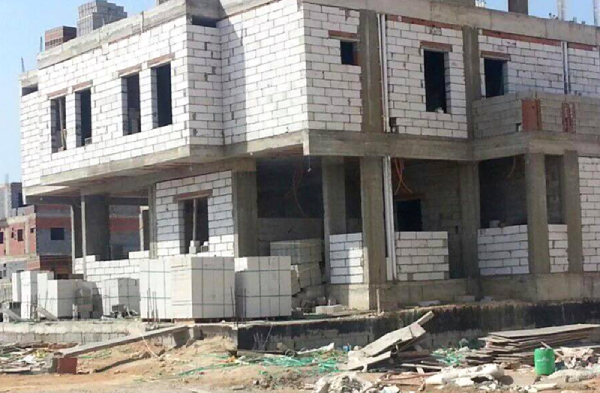
Composed of lime, gypsum, quartz sand, aluminium powder and water, these blocks are manufactured according to specific requirements under heat and pressure within an autoclave. They are used for both exterior and interior walls. They are lightweight and heat resistant. As they are non-toxic and porous, the material reduces energy costs. It is also environment-friendly because, in comparison to traditional concrete, it generates 30 percent less solid waste.
Compared to the traditional red brick, the AAC block weighs almost 80 percent less, effectively resulting in a great reduction in deadweight. In addition, the decreased deadweight contributes to a decline in the use of cement and steel, leading to great cost savings.
We have more detailed comparison between AAC blocks and red bricks for you. Have a look.
The Need for Building Low-Cost Infrastructure/Housing
Although low cost infrastructure isn’t something everyone is looking for, it’s part of a lifestyle that few people choose and adopt in order to lead a simpler, frugal lifestyle. It might be surprising to note but this lifestyle is increasingly becoming popular, especially among the millennial that prefer better experiences than materialistic pleasures.

Millennials are also becoming increasingly conscious of the environmental consequences of the actions they take as individuals. Thus they are leaning towards greener construction options that are also affordable and don’t cost much.
Another reason for choosing low cost housing is the increasing prices of other essential needs like healthcare, education, and consumer products. People are looking for ways to save money in order to lead not only a sustainable life but a healthy and dignified one. In addition, it is becoming difficult to own a house with middle or low income. Therefore, adopting cost-effective, innovative and environment-friendly housing technologies has become a necessity to enable ordinary people to build houses at an affordable cost.
With these methods and low cost masonry units providing a safe place at affordable prices, the state of poverty in the world could somewhat be reduced and people’s way of life will improve for the better.
Image Courtesy: Image 6, Image 10, Image 16, Image 21, Image 22, Image 25
Author Bio
Pallavi Sen Gupta – Pallavi Sen Gupta: Knowledge increases when you share it. I could not have agreed more had I not experienced this practically as a journalist and a writer for the past 12 years. Now I dig and dive into anything I see and translate it into paper for others to know.





























